Using silk as its canvas and embroidery as its brush, delicately outlines the essence of Chinese art. Each piece is a modern interpretation of traditional culture, beautifying living spaces and conveying deep cultural heritage. Whether used for home decor or gifted to loved ones, it allows people to experience the charm of Chinese culture and the endless allure of art.”
Key Features
- Color: Natural hues of silk, incorporating multiple colors to display the richness of embroidery
- Material: Silk, teak
- Design: The product uses high-quality silk and teak as the main materials, ensuring the product’s texture and durability.
- Functionality: Ideal for collection, gifting, home decor
Perfect For:
- Home Decoration: Ideal as a home decor piece, adding artistic and cultural ambiance.
- Collectibles: A rare find for art enthusiasts and collectors.
- Gifts: Suitable as a premium gift for business gifting or holiday presents.
Meaning and Symbolism:
“Court Ladies Adorned by Floral Ornament” is one of the masterpieces by the Tang Dynasty painter Zhou Fang. This painting not only portrays the daily life and aesthetic interests of Tang Dynasty court ladies but also holds profound cultural significance. The artwork depicts six elegantly dressed noblewomen and their attendants enjoying a flower-viewing excursion at the onset of spring and summer. Through meticulous brushwork and vivid coloring, it delicately captures the soft and tender skin of the noblewomen and the intricate patterns of the silk fabrics they wear.
Brocade
Brocade refers to colored silk textiles with intricate patterns of gold and silver threads. The word “brocade” comes from the Latin “brocatus,” which means “embroidered gold.” It is a technique that originated in China during the Western Zhou Dynasty (1046-771 BC) and was later introduced to Europe during the Han Dynasty (206 BC-220 AD).
Silk brocade, Yun brocade, and Song brocade are the three main types of brocades in China. They are all woven with complex patterns and are highly valued for their beauty and craftsmanship. The making of brocade is a labor-intensive process that requires a high level of skill and patience.
In the 14th century, the art of brocade weaving was brought to Europe, where it became highly prized by the nobility. The most famous European brocade is the Italian “damask,” which is known for its intricate patterns and high quality.
Today, brocade is still used in the production of luxury clothing, home furnishings, and religious vestments. It is also a popular material for making traditional garments in many Asian cultures.

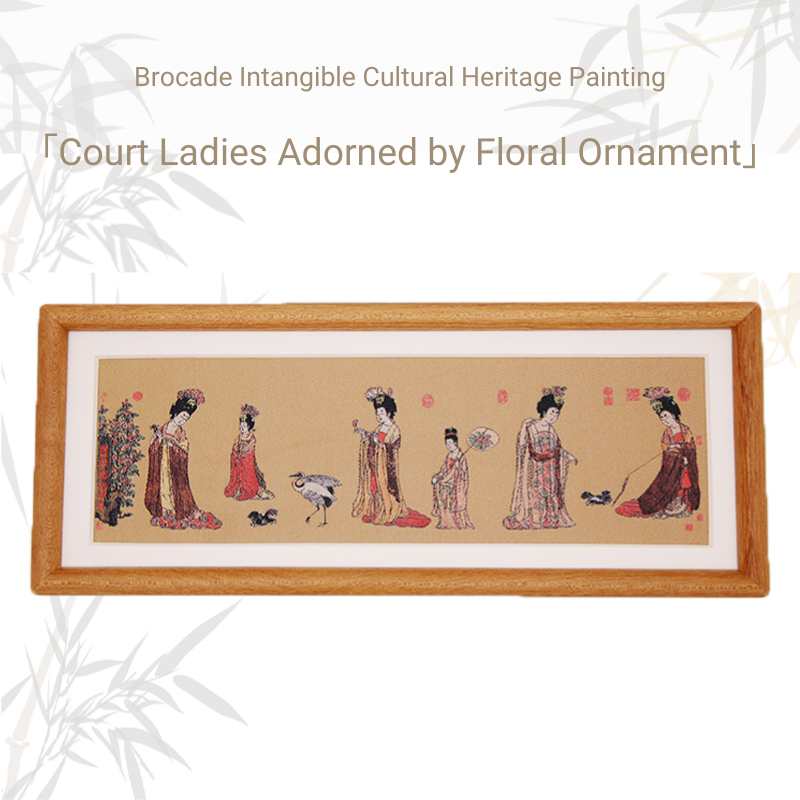
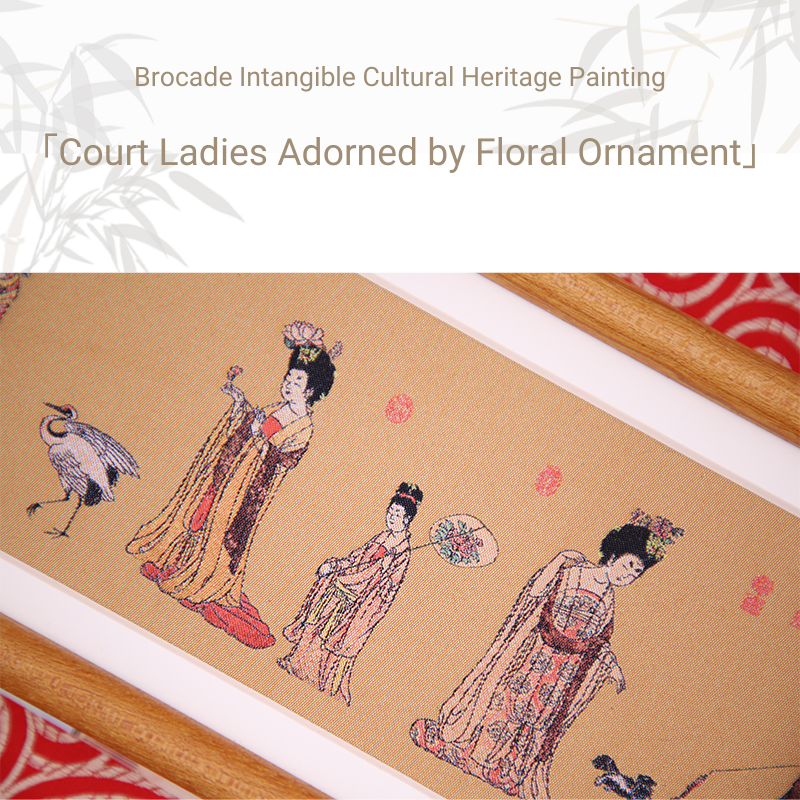
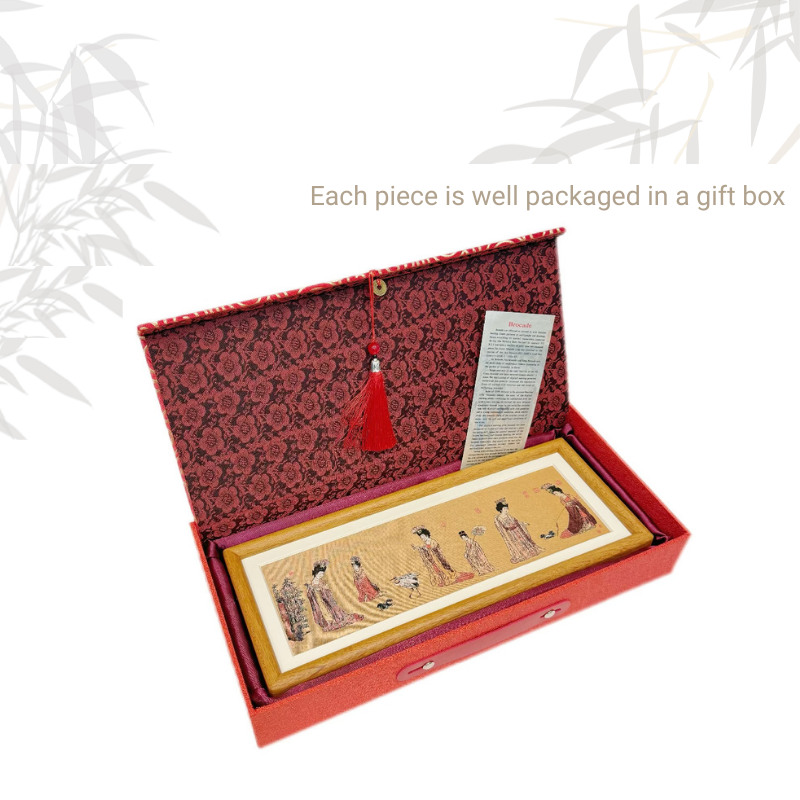

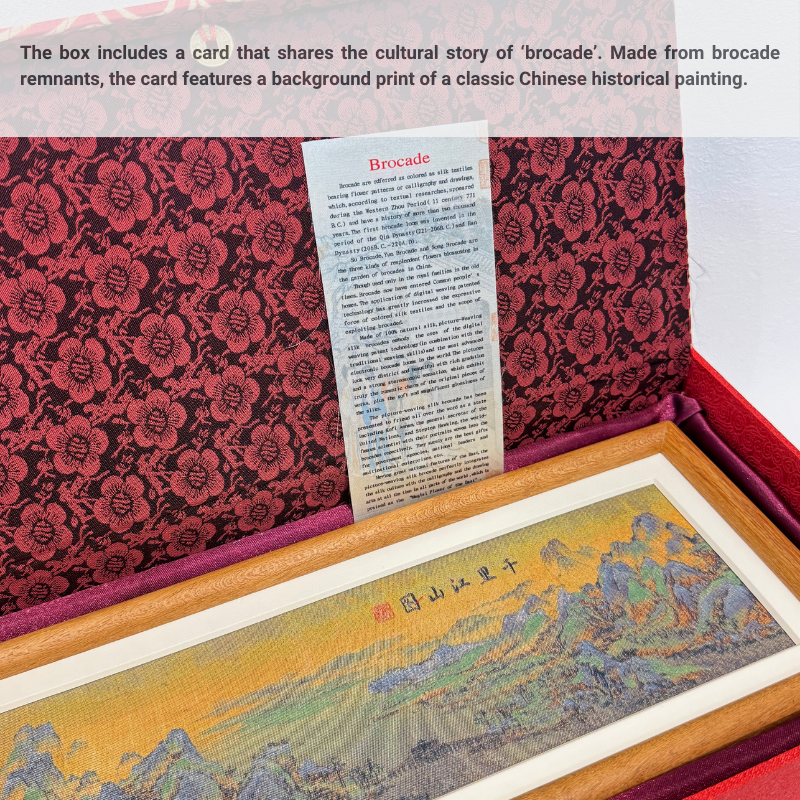
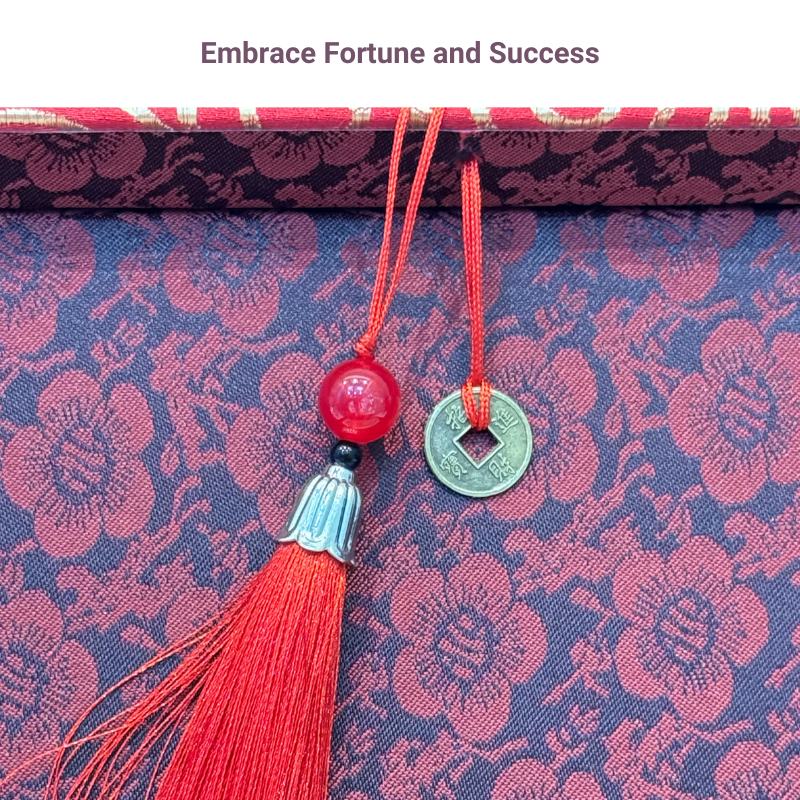
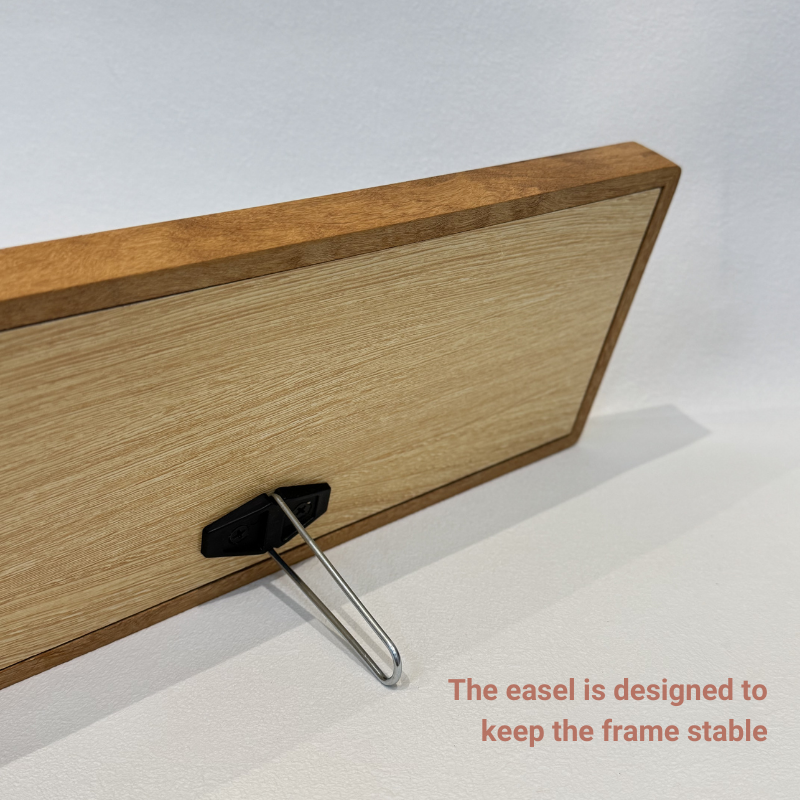

Reviews
There are no reviews yet.